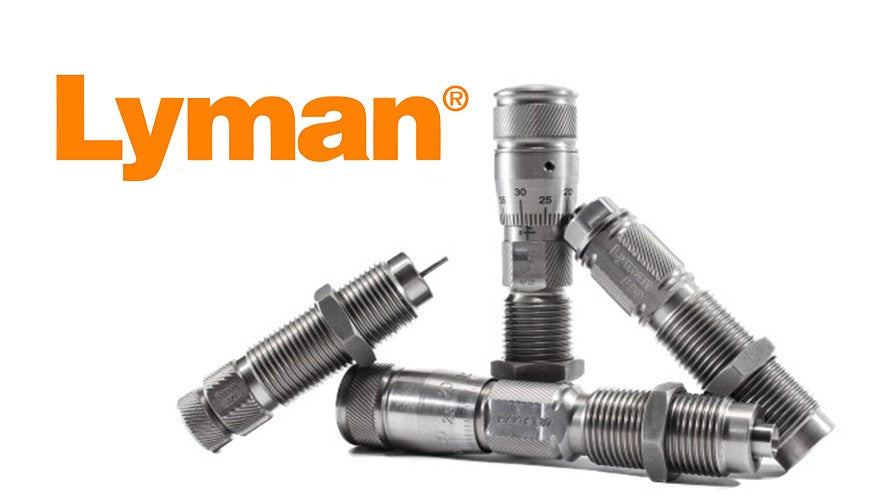
Scope Numbers Demystified: What 4-12x50 Really Means
Share
(…and why it’s not the rifle equivalent of your IQ score)
1. The Mystery of the Numbers
You’ve seen it printed on every riflescope box: something like 3-9x40 or 6-24x50.
If you’re new to shooting, it might look like a secret code — and if you ask some “experts,” they’ll explain it with enough technical jargon to make you wish you’d never asked.
The good news? It’s dead simple.
Those numbers just tell you how close things will look (magnification) and how big the front lens is (objective size).
That’s it. No maths degree required.
2. Magnification – The First Numbers
Let’s use 3-9x40 as an example.
That “3-9” means the scope can zoom from 3 times closer to 9 times closer.
-
At 3x, that kudu standing 300 metres away will look like it’s at 100 metres.
-
At 9x, the same kudu will look like it’s at about 33 metres (and possibly wondering why you’re staring at it like a weirdo).
Pro tip:
Bigger magnification isn’t always better. At 24x you can count the eyelashes on a springbok, but you’ll also see every wobble in your aim — which can be depressing if you haven’t had your coffee.
3. Objective Size – The Last Number
The “40” in 3-9x40 is the diameter of the front lens, measured in millimetres.
Why it matters:
-
Bigger lenses (e.g., 50mm, 56mm) let in more light, which can make the image brighter — especially at dawn or dusk.
-
BUT they’re also heavier, bulkier, and make your rifle look like it’s wearing a satellite dish.
Real-world analogy:
Objective size is like a window. Bigger window = more light inside.
But if you make it too big, it’s harder to carry around, and the neighbours (or in this case, the kudu) might see you coming.
4. Fixed vs Variable
If the scope says 4x32, that’s fixed magnification — it’s always 4 times closer, no zooming in or out.
If it says 4-12x50, that’s variable magnification — you can adjust from 4x up to 12x.
Hunters often like variable scopes for flexibility, while some target shooters prefer fixed scopes for simplicity.
Kind of like choosing between an automatic car (easy, no thinking) and a manual (more control, but more fiddling).
5. Which One Should You Get?
This depends on what you’re shooting and how you’re shooting it:
-
Bushveld hunting: Lower magnification (e.g., 1-6x, 2-7x) — quicker target acquisition, wider view, less chance of losing sight of that warthog charging left.
-
Plains or long-range shooting: Higher magnification (e.g., 4-16x, 6-24x) — you can see distant targets clearly.
-
Low light hunting: Larger objective (e.g., 50mm) — more light at dawn/dusk.
-
Carrying all day: Smaller objective (e.g., 40mm) — lighter, easier to handle.
6. Final SOG Wisdom
Don’t get caught in the “bigger numbers = better” trap.
A 6-24x56 scope on a .243 for bushveld hunting is like putting a Formula 1 wing on your bakkie — it looks impressive, but it’s not exactly practical.
The best scope is the one that suits your style of shooting, your terrain, and your eyes.
And remember — a good shooter with a “simple” 3-9x40 will always outshoot a bad shooter with a scope so big it needs its own carry permit.
SOG Closing One-Liner:
Your scope’s numbers aren’t magic. They’re just tools. Learn them, pick what works, and spend the rest of your time making meat, not maths.








